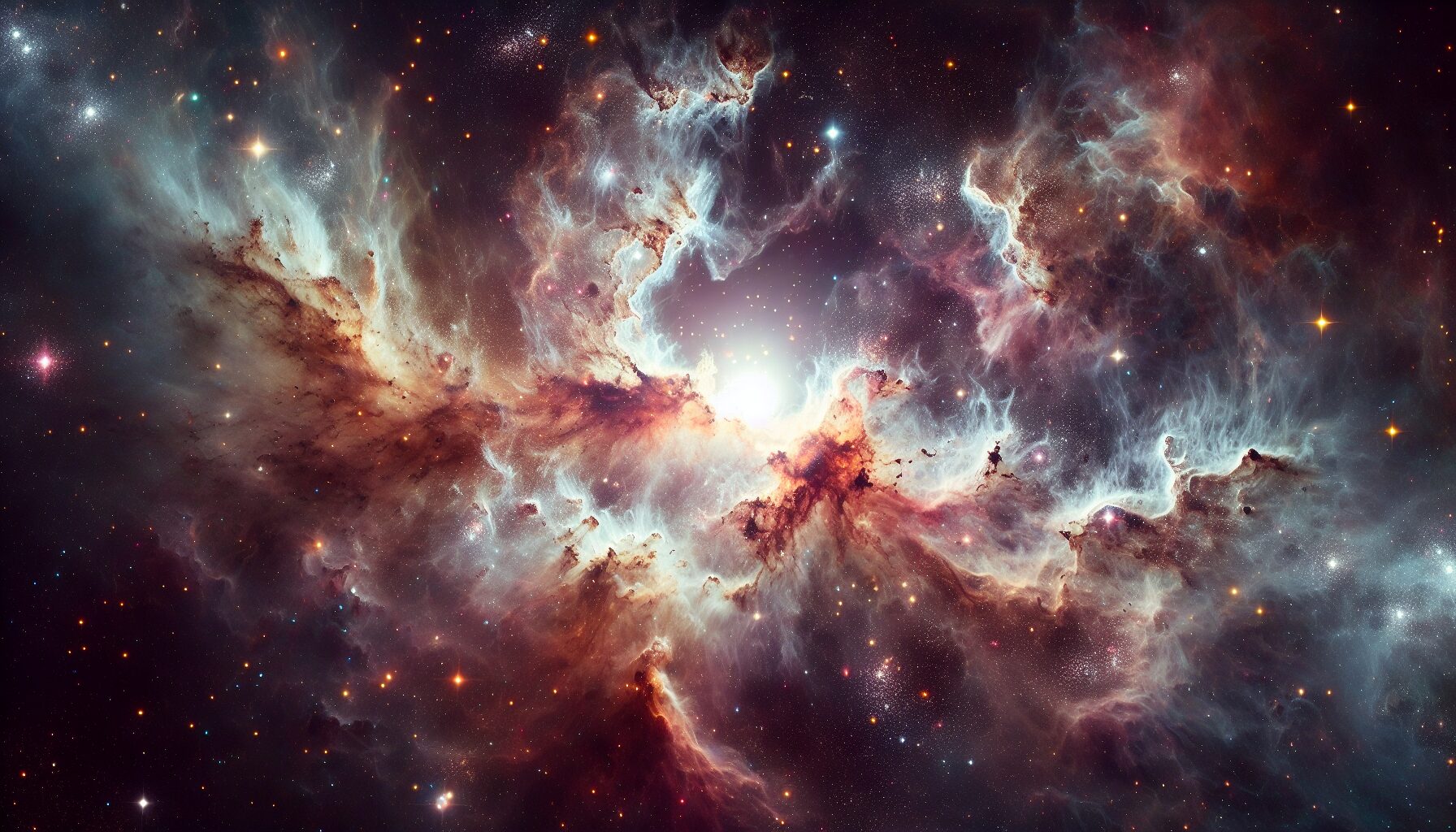Amidst the vast cosmic tapestry that is our universe, nebulas stand as striking, monumental clouds composed of dust, hydrogen, helium, and other ionized gases. These celestial structures are not just breathtakingly beautiful but are also the remnants of once-mighty stars, marking the ongoing cycle of stellar birth, death, and regeneration.
The Stellar Cycle
When stars deplete their nuclear fuel, they undergo dramatic transformations. For stars much larger than our Sun, their death is often characterized by a supernova explosion, which is powerful enough to outshine entire galaxies for a short while. The remnants of such cosmos-shaking events are dispersed as the intricate, colorful formations we call nebulas.
These nebulae are referred to as “supernova remnants” and are instrumental in enriching the interstellar medium with heavier elements. Carl Sagan famously said, “We are made of star-stuff,” and indeed, it is through these particular stellar deaths that heavier elements are spread throughout the galaxy, eventually coalescing into new stars, planets, and perhaps life itself.
Types of Nebulae
- Emission Nebulae: These nebulae emit their own light and are typically found surrounding new, hot stars. An example is the famous Orion Nebula, illuminating the night sky some 1,344 light-years away, as a nursery shaping new generations of stars.
- Reflection Nebulae: Unlike emission nebulae, these reflect the light of nearby stars. They do not have enough gas to emit light themselves. The Pleiades reflection nebulae are some of the closest and most prominent examples.
- Planetary Nebulae: Don’t let the name fool you; planetary nebulae have nothing to do with planets. Instead, they are formed when a dying star expels its outer layers, as seen in the striking Ring Nebula.
The Beauty of Cosmic Dust
Nebulas are often called “stellar nurseries” due to their role in star formation. As regions rich in gas and dust, they serve as the raw materials from which new stars are born. Elizabeth Tasker, in her article for Scientific American, explains, “The elements in the nebula would go on to form the next generation of stars and planets and the building blocks of everything seen in the universe today.”
“We are like butterflies who flutter for a day and think it is forever,” mused Carl Sagan. Nebulas remind us of the universe’s constant state of flux and the perpetual cycle of life and death among the stars.
As we gaze upon these cosmic works of art, we are reminded of the transient nature of existence and the incredible grandeur woven throughout the very fabric of space and time.

Comments